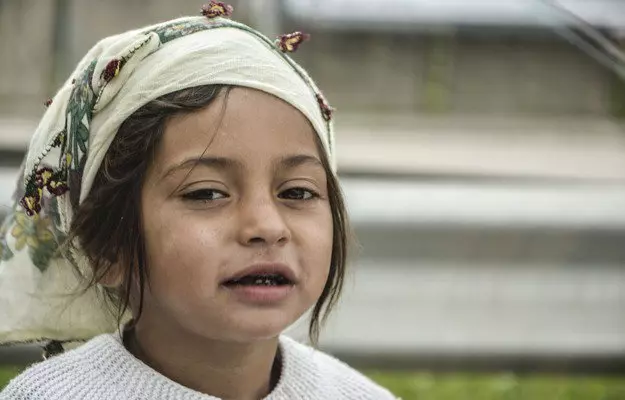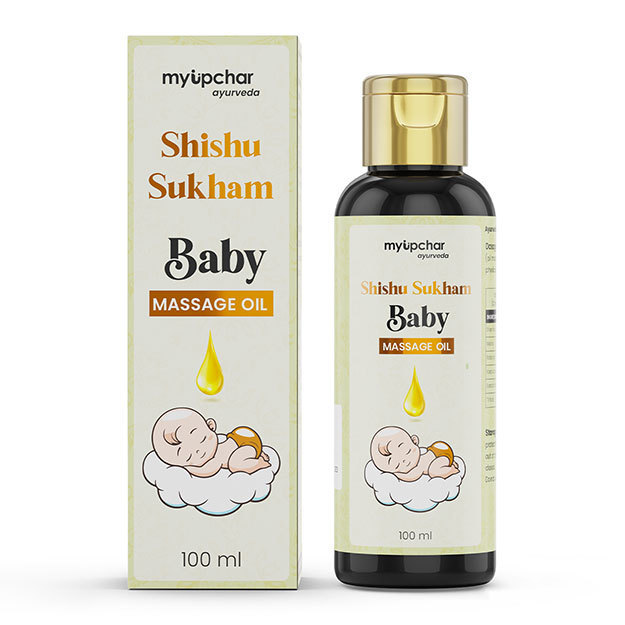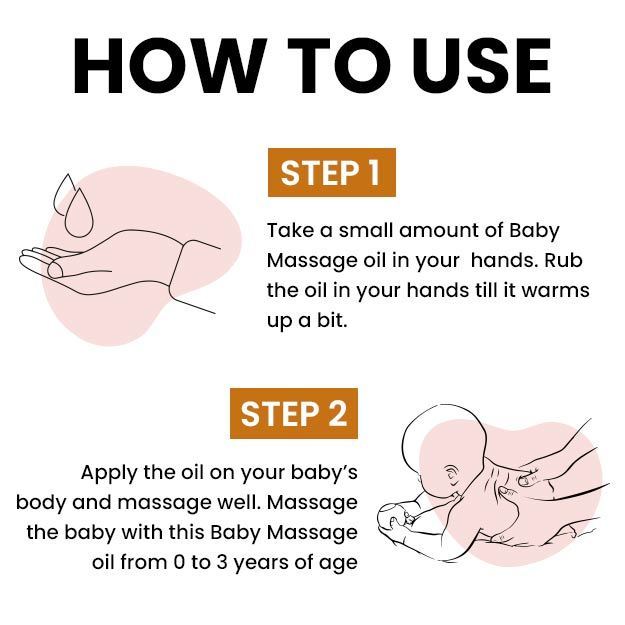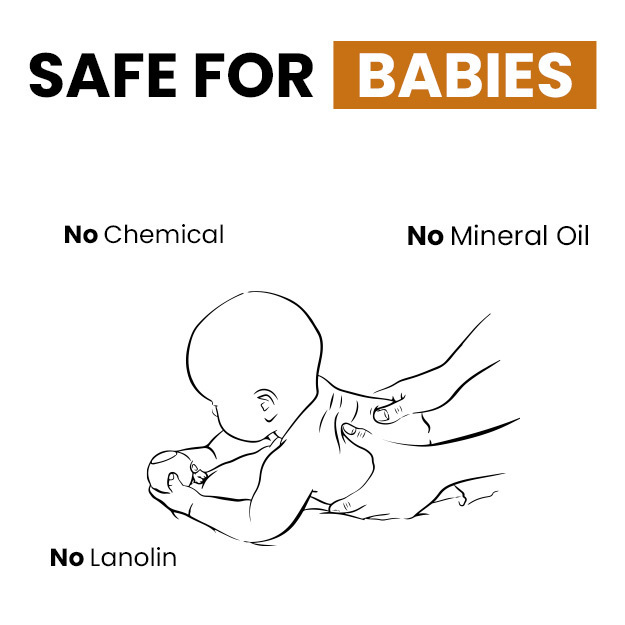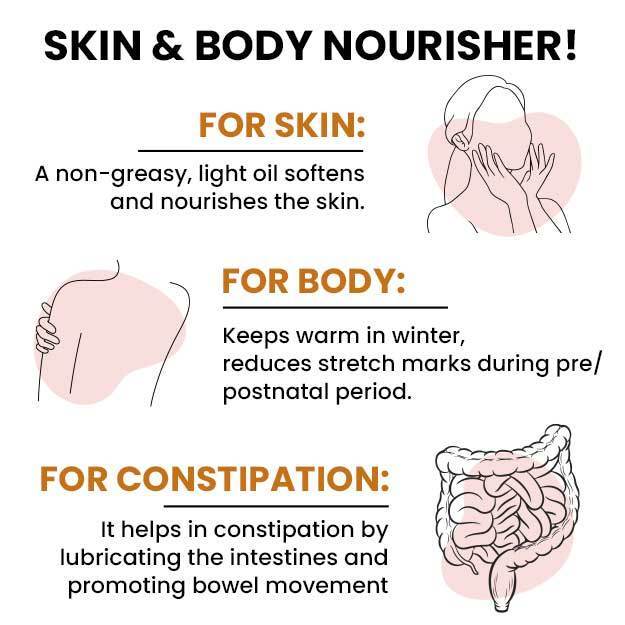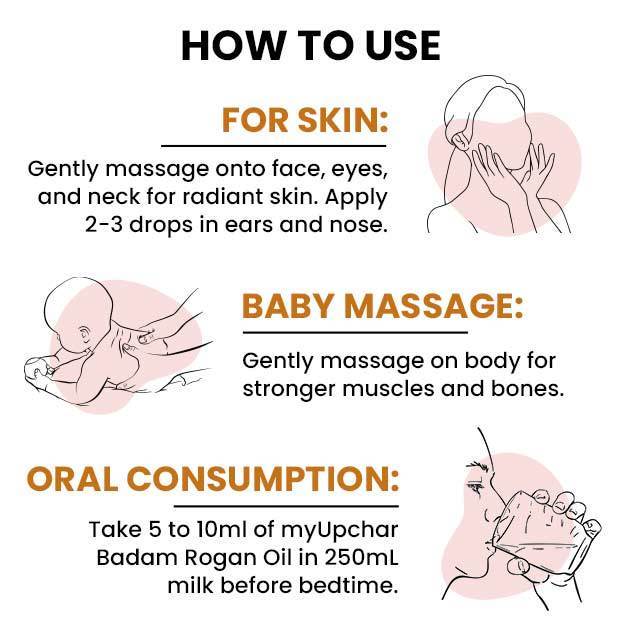As soon as the winter season arrives, children start getting many types of diseases. Cold and coughing in children is a common problem in winter. But along with this, the risk of children getting flu also increases. Many times parents are unable to differentiate between flu and cold. By the way, both these problems are different. Cold and cough are caused by many types of viruses in the upper respiratory system (nose, mouth and throat), while flu is caused by a special type of influenza group virus. Flu is considered a more serious disease than cold and cough, which mainly causes a big problem for children under 5 years of age and the elderly. Many times the possibility of pneumonia increases due to flu. In this article, you have been told in detail about flu (influenza) in children. Along with this, an attempt has been made to tell you in detail about the types of flu in children, symptoms of flu in children, causes of flu in children, prevention and treatment of flu in children, etc.
(Read more - Understanding Influenza Vaccines)

